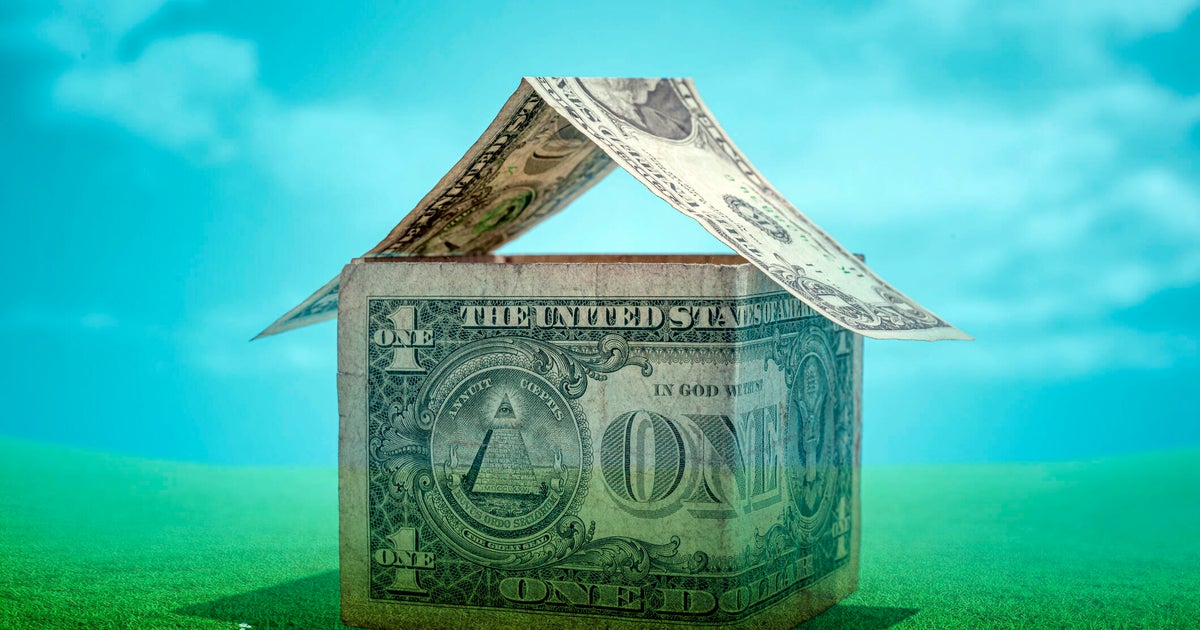How often do HELOC rates change?
Thanks to a sustained period of high interest rates, borrowing cash has been expensive in recent years. Credit cards have average rates near record highs currently, and personal loan rates are above 12% on average.
Fortunately, homeowners have access to slightly lower-cost options with home equity loans and home equity lines of credit (HELOCs). These borrowing options allow you to tap into your home equity at an average rate of 8 to 9%.
But while home equity loans and HELOCs can be an affordable option to consider in today's high-rate environment, there are risks to contend with. HELOCs, for instance, have variable rates that can change regularly, making it hard to estimate payments and plan for the costs. If you're considering taking out a HELOC to tap your home equity, here's what to know about their changing interest rates.
Start comparing your top home equity borrowing options online now.
How often do HELOC rates change?
It might be surprising, but HELOC rates — in the general sense — change "daily," says John Aguirre, a mortgage broker at Loantown.
This goes for all mortgage rates, to be fair. Interest rates on these products are always in flux, changing based on investor activity, perceived moves from the Federal Reserve, demand from consumers and more.
This is why you'll often hear the term "rate lock" thrown around. A rate lock lets you lock in your quoted interest rate while you wait for your loan to go through underwriting and head to the closing table. Essentially, it protects you from potential rate increases as your loan moves through the system.
Ready to borrow from your home's equity? Find out what your top loan options are here.
Your HELOC rate changes less often
Most HELOCs have variable interest rates, meaning your interest rate will adjust many times over the course of your term. Fortunately, while market HELOC rates change daily, your specific interest rate will only change monthly.
Exactly how much it will change depends on the caps outlined in your HELOC's terms.
"The caps will tell you how much the rate can change at your first adjustment, how much the rate can change at subsequent adjustments, and the maximum amount the rate can go up over the life of the loan," Aguirre says.
That last one is your "worst-case scenario" rate, according to Aguirre.
HELOCs offered by credit unions, for instance, have rate caps of 18%. That means your rate can never surpass this threshold.
Why a changing HELOC rate could be beneficial now
In some cases, having a HELOC rate that changes so often can be stressful, but in other cases, it can be beneficial. For instance, if market HELOC rates fall when your HELOC rate is slated to change, it means your rate will fall, too — taking your payment down with it.
This is exactly what could happen if the Fed follows through on its expected rate cuts later this year.
"HELOCs are tied to the prime rate, which follows the movement of the Fed funds rate," says Debra Shultz, vice president of lending at CrossCountry Mortgage's The Shultz Group. "Every time the Fed raises or lowers the Fed funds rate, HELOC rates tied to the prime follow."
Federal Reserve Chairman Jerome Powell has said that a rate cut is "on the table" for as soon as September, and according to the CME Group's FedWatch Tool, there's about a 100% chance that happens.
Don't celebrate just yet, though. As Bill Westrom, CEO of equity and debt management company Truth in Equity, explains, "it's virtually impossible to forecast interest rate changes on HELOCs unless the change is announced."
"The Fed changes the prime rate based on economic conditions," Westrom says. In short: "Watch the economy, watch the Fed."
The bottom line
If you're worried about changes to your HELOC rate, it is possible to get a fixed-rate HELOC in some cases, though they aren't as common. Be sure to shop around if this is something you're looking for.
And if you do get a HELOC with a variable rate, make sure you're clear on all the fine print before closing — the caps, the terms, when payments are due, etc. This is critical to ensuring you can budget properly for your new loan.






